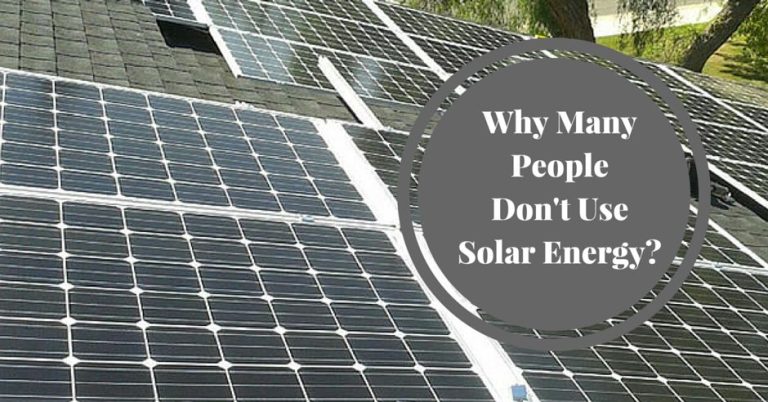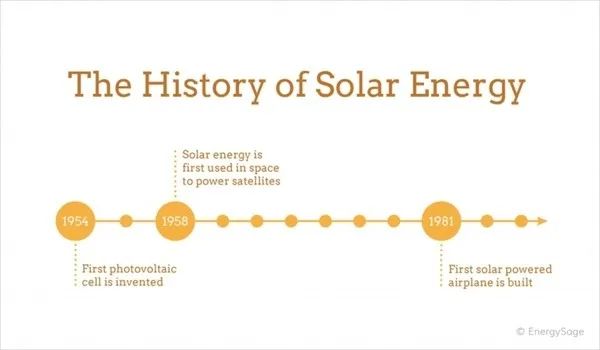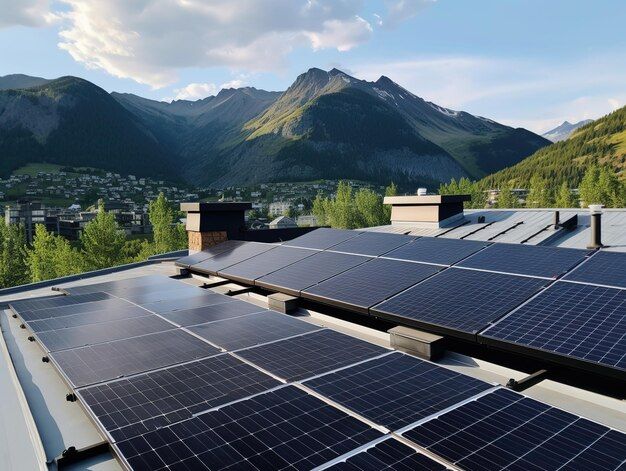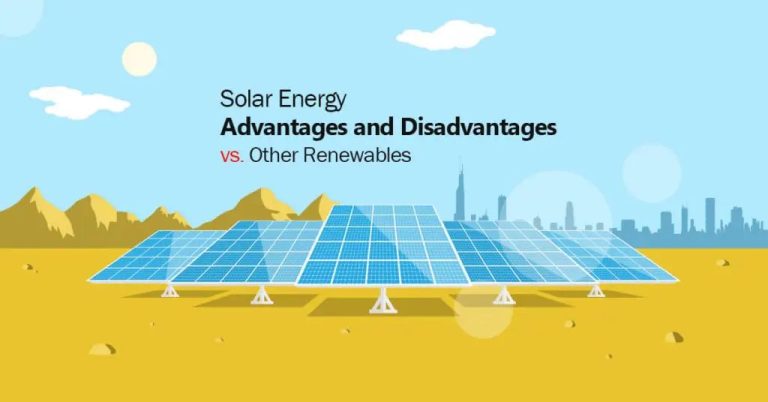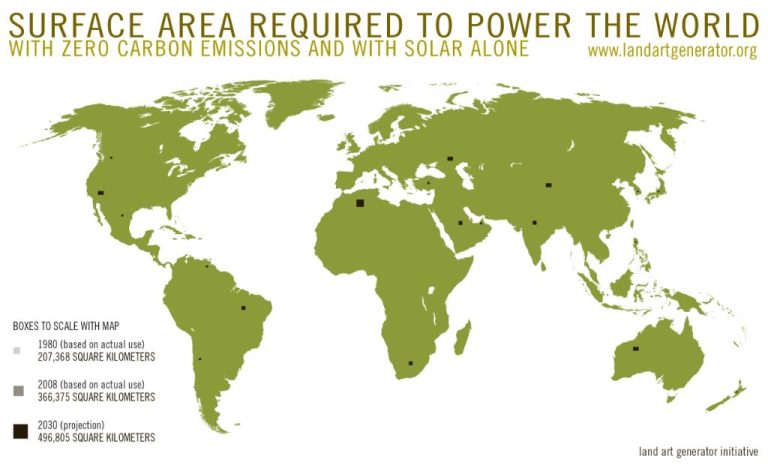50 Interesting Facts About Solar Energy
History of solar energy
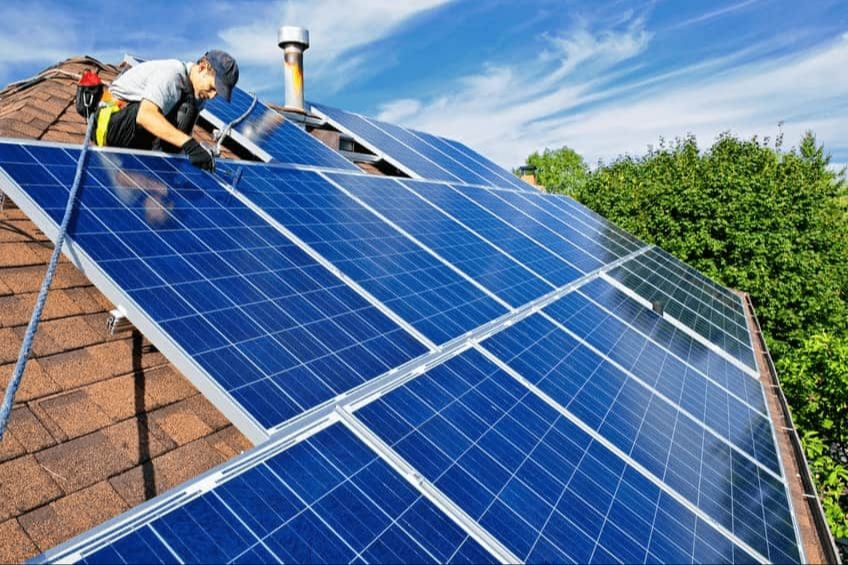
While recent growth in solar adoption has brought new attention to solar power, humans have actually been harnessing the sun’s energy for centuries. Early uses of solar energy focused on passive heating and lighting. Ancient Greek and Roman architecture often incorporated south-facing windows to maximize exposure to the sun. Solar water heaters were used as early as the 1890s. One of the first major milestones in solar technology came in 1839 when French scientist Edmond Becquerel discovered the photovoltaic effect while experimenting with electrolytic cells.
In the 1950s, researchers at Bell Labs developed the first modern silicon photovoltaic solar cells capable of converting sunlight into enough electricity to power everyday electrical equipment. But the cells were still prohibitively expensive at over $200 per watt. Major innovations and manufacturing improvements in the 1970s and 1980s brought costs down dramatically, leading to the first commercial solar photovoltaic power plants in the 1980s.
The early 2000s saw large-scale policy support for solar in countries like Germany, Japan, and Spain, leading to exponential growth in solar photovoltaics. Between 2000 and 2014, global solar photovoltaic capacity doubled on average every 2 years. While early solar panel adoption focused on small off-grid systems, grid-connected rooftop solar and utility-scale solar farms now make up the bulk of the market.
Solar energy basics
Solar panels work by allowing photons, or particles of light, to knock electrons free from atoms, generating a flow of electricity. Solar panels are made up of many individual solar cells that contain a photovoltaic material, usually silicon. When sunlight shines on the solar cells, the energized photons strike the solar cells, causing the electrons to become freed from the atoms in the photovoltaic material. Special treatment of the photovoltaic material surface during manufacturing makes it easier for the electrons to move in a particular direction, creating an electrical current (Kimbis, 2020).
Solar energy can be divided into two main types: solar photovoltaics (solar PV) and solar thermal. Solar PV converts sunlight directly into electricity through solar cells made of semiconducting materials. Solar thermal systems, on the other hand, use sunlight to heat a fluid that creates steam to drive a turbine and generator to produce electricity (U.S. Department of Energy, n.d.).
The main components of a solar PV system are solar panels, which house many solar cells, an inverter to convert the DC output into alternating current (AC), racking to mount the solar panels, wiring and electrical devices. Most systems are tied to the utility grid, allowing excess solar power generated to be sent to the grid (Kimbis, 2020).
Sources:
Kimbis, T. (2020). Solar 101: how photovoltaics work. Solar Power World. https://www.solarpowerworldonline.com/solar-basics/how-solar-works/
U.S. Department of Energy. (n.d.). Solar explained – solar energy technologies. Energy.gov. https://www.energy.gov/eere/solar/articles/solar-explained-solar-energy-technologies
Global solar capacity
Global solar capacity has grown exponentially over the past decade. According to the International Energy Agency, total installed solar PV capacity worldwide increased from 40 GW in 2010 to over 760 GW by the end of 2020. The IEA projects global solar capacity will reach over 4,500 GW by 2030.
China currently leads the world with over 306 GW of installed solar capacity as of 2021, accounting for around 36% of the global total. The United States ranks second with over 95 GW installed. Other top countries for solar capacity include Japan, Germany, India, Australia and Spain [1]. Many emerging markets like Chile, South Africa and Ukraine are also rapidly expanding solar power.
The growth of solar is expected to accelerate in the coming years as costs continue to fall and more countries implement policies favorable to renewable energy. According to projections from the IEA, annual solar PV installations will reach over 180 GW per year by 2030, a four-fold increase from 2020 installation levels.
Top solar panel manufacturers
Some of the leading companies producing solar panels worldwide include:
Tongwei Solar from China is considered the largest manufacturer of solar panels in the world as of 2024, holding about 12% of the global market share. They produce monocrystalline and polycrystalline solar panels.
JA Solar from China is another major manufacturer, ranking number two globally with nearly 9% market share. They offer a wide range of solar panel products including high-efficiency monocrystalline and polycrystalline models.
LONGi Solar, headquartered in China, is one of the fastest growing companies in the industry. LONGi focuses on manufacturing high-efficiency monocrystalline panels and has around 7% global market share.
First Solar based in the United States is the largest solar manufacturer outside of Asia. The company specializes in cadmium telluride (CdTe) thin-film solar panels, holding about 5% of the world market.
Other leading brands include Canadian Solar, Trina Solar, JinkoSolar, Risen Energy and Hanwha Q Cells. Most major manufacturers are based in China but there are some notable U.S. brands as well.
Solar Energy Costs
The cost to install residential solar has decreased significantly over the last decade. According to the U.S. Department of Energy’s National Renewable Energy Laboratory (NREL), the average price of residential solar panels has dropped over 70% since 2010 [1]. In 2010, the average cost of a residential solar system was around $8 per watt. By 2021, that number had fallen to around $2.40 per watt.
Utility-scale solar projects have seen even greater declines, with costs dropping 90% since 2009 [2]. According to NREL, the continued decline in solar costs is driven by technological improvements, economies of scale, heightened competition, and reductions in soft costs like permitting, installation, and financing.
Experts predict solar costs will continue to fall over the next decade, though likely at a slower pace. One analysis projects residential solar pricing could drop another 40% by 2035 as the solar industry matures and gains market share [3]. This ongoing decline makes solar an increasingly cost-competitive energy source for homes and businesses.
Solar power potential
The total global solar energy potential is enormous. The amount of solar energy that hits the Earth’s surface in one hour is about the same as the amount of energy used worldwide in an entire year (Source: https://www.e-education.psu.edu/earth104/node/950). Regions near the equator such as the Middle East, India, Africa, South America and Australia have the highest solar resources due to greater and more consistent sunlight exposure.
In the United States, the Southwest has the highest solar potential, with states like California, Nevada, Arizona, New Mexico and Texas leading in solar resources. The rooftop solar potential in the US is enormous, with over 800 GW possible on residential and commercial rooftops alone according to estimates by the Department of Energy (Source: https://www.energy.gov/eere/solar/solar-rooftop-potential).
Solar energy has the potential to produce more electricity globally than any other energy source. The International Energy Agency projects solar becoming the world’s largest source of electricity by 2050. Compared to fossil fuels which are finite resources, the potential for solar power is virtually unlimited.
Solar energy storage
Solar energy storage plays a vital role in enabling wider adoption of solar power. Batteries and other storage technologies allow solar energy captured during daylight hours to be used at night or on cloudy days. This helps address the intermittency of solar power generation.
Lithium-ion batteries have become the dominant storage technology paired with solar panels, though other battery chemistries like lead-acid and flow batteries are also used. Storage systems are sized based on the solar array capacity and desired backup time. Residential systems typically provide enough storage for overnight power needs, while large-scale solar+storage plants can provide longer duration backup.
Key innovations in solar storage include smarter inverters that optimize system performance, battery chemistries with greater energy density, and improved software for monitoring and control. Declining battery costs along with digitalization are enabling greater grid integration of solar power through smart grids and virtual power plants.
Overall, energy storage is critical for solar to reach higher levels of penetration on power grids. Paired storage helps solar PV meet evening peak demand when the sun goes down. The modular and distributed nature of solar+storage also supports grid stability and resilience. Wider deployment of solar power will depend on advancements that continue improving the performance and affordability of integrated storage solutions. [1] [2]
Solar energy policies
Governments around the world have implemented various policies and incentives to support the growth of solar energy. According to the EPA, federal policies like the Solar Investment Tax Credit have helped the solar industry grow by over 10,000% since 2006 (https://www.epa.gov/green-power-markets/policies-and-regulations). Many U.S. states also offer additional incentives like renewable portfolio standards and net metering policies to encourage solar adoption. These policies have catalyzed massive growth – in 2021 alone, the U.S. installed nearly 24 GW of solar capacity, expanding the nation’s total to over 122 GW (https://www.seia.org/initiatives/federal-state-regulatory-policy).
Public opinion polling shows broad support for solar energy and policies that enable its growth. A 2021 Pew Research study found that 79% of U.S. adults favor more solar panel farms, while just 19% oppose them. Strong majorities across party lines said incentives for renewable energy like solar should be expanded (https://solsmart.org/resource/the-federal-and-state-context-policies-affecting-solar-energy-development). Policies that enable rooftop solar have made it accessible for millions of households.
While progress has been significant, experts say sustaining growth in solar energy will require continued policy support. Initiatives like extending federal tax credits, updating grid infrastructure, and reforming utility regulations to enable distributed solar will be key in the years ahead.
Solar Energy Jobs
The solar energy industry is experiencing rapid job growth as demand for renewable energy increases globally. According to the Bureau of Labor Statistics, there were about 250,000 jobs in solar energy in the United States in 2020, with solar panel installers being the fastest growing occupation.[1]
Employment of solar photovoltaic installers is projected to grow 51 percent from 2019 to 2029, much faster than the average for all occupations. Most of these workers spend their days installing rooftop solar panels, connecting them to the electric grid and performing maintenance.[1]
Other fast growing solar jobs include positions like solar sales representatives, solar designers, solar engineers and solar manufacturing roles. Indeed.com currently lists over 17,000 solar energy job openings in areas like installation, operations, management and more.[2]
Training programs and certifications are available from organizations like the North American Board of Certified Energy Practitioners (NABCEP) to gain skills needed for solar jobs. Many entry-level solar positions require a high school diploma and on-the-job training.[1] More advanced roles like solar engineers and project developers usually require a bachelor’s degree in engineering, physics or related fields.
Environmental impact
Solar energy has a positive environmental impact compared to fossil fuels. According to the Energy Department, solar energy produces no air pollution, greenhouse gases, or radioactive waste when generating electricity (https://www.energy.gov/eere/solar/solar-energy-wildlife-and-environment). The Energy Information Administration states that solar energy results in zero direct emissions of air pollutants or carbon dioxide when operating (https://www.eia.gov/energyexplained/solar/solar-energy-and-the-environment.php).
Solar farms require significant land area, which can impact local habitats and wildlife. Proper siting and environmental reviews can help minimize the land use impact. Even with their land footprint, life cycle analyses show solar electricity’s overall environmental impacts are still much lower than conventional sources (https://www.energy.gov/eere/solar/solar-energy-wildlife-and-environment).
Compared to natural gas and coal power plants, solar energy helps reduce air pollution and carbon emissions. According to the Union of Concerned Scientists, every kilowatt-hour of solar energy can reduce CO2 emissions by 0.5 pounds compared to the current electric grid average (https://www.ucsusa.org/resources/environmental-impacts-solar-power). Widespread solar adoption is an important part of reducing greenhouse gases and mitigating climate change.

